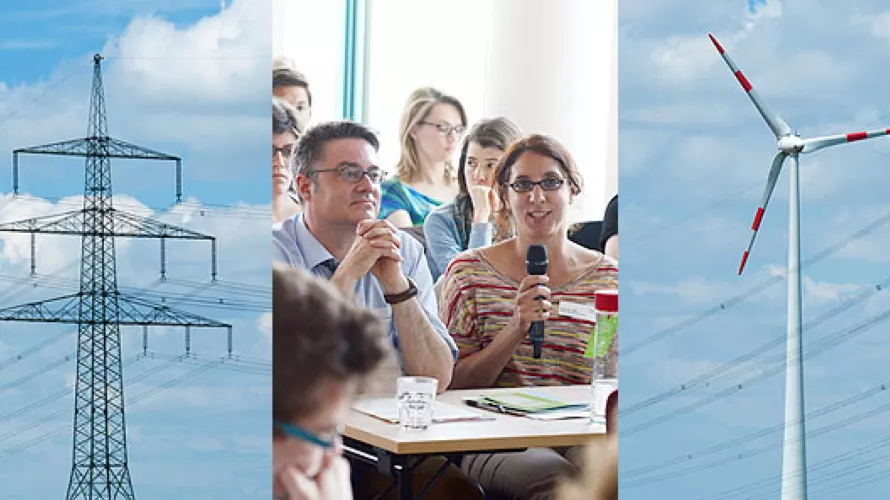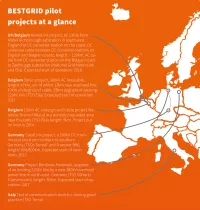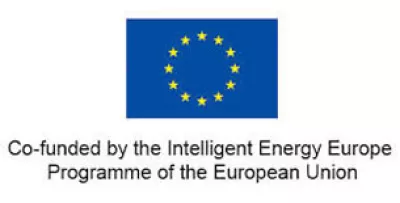
BESTGRID – testing better practices
Modernising and expanding the electricity grid is a crucial building block to enable a successful transition of Europe's energy system from fossil fuel dependence towards renewable energy. In the near future, Europe's low-carbon and sustainable power supply will require a stable electricity grid that fits to the weather susceptible wind- and solar energy production and furthermore, connects the new and decentralized location of the facilities to the urban agglomeration and consumption areas.
However, planning and realizing grid development is often challenging due to local opposition and complex authorization procedures. Within the process of planning new electrical power lines, stakeholders and residents often demand answers to questions such as, "Is this power line necessary?", "Are there any risks involved?", "Is it possible to use underground cables instead of overhead lines?" and "Can the line be placed in a different location?". The answers to questions like these will never fully satisfy the needs and interests of the various different people affected. Despite these challenges, an open and transparent approach and the integration of local stakeholders and those affected will lead to a long-term improvement of grid development processes. This is why Germanwatch is working together with transmission system operators, European environmental organizations and the research institute IIASA in order to develop innovative methods for grid development.
Germanwatch advises network operators with their conception of action plans and monitors the way in which these plans are set into motion by network providers as well as the authorities in order to give feedback to the transmission system operators. We have summarised the analyses, impressions and evaluation of our experiences from the BESTGRID pilot projects in the >> handbook "Public Participation & Transparency in Power Grid Planning Learnings and Recommendations from the BESTGRID Project".
BESTGRID pilot projects focus on different key aspects
- UK, Belgium: NemoLink project, AC cable from 400kV Richborough substation in south-east England to DC converter station on the coast, DC undersea cable between DC converter stations on English and Belgian coasts, length: ~ 120km, AC cable from DC converter station on the Belgian coast to Zeebrugge substation (National Grid NemoLink and Elia). Expected start of operation: 2018.
- Belgium: Stevin project, 380kV AC line/cable, length: 47km, out of which 12km new overhead line, 10km underground cable, 25km upgrade of existing 220kV line (TSO Elia). Expected start of operation: 2017.
- Belgium: 150kV AC underground cable project Waterloo-Braine-l’Alleud in a densely populated area near Brussels (TSO Elia); length: 5km. Project put on hold in 2014
- Germany: SuedLink project, a 500kV DC transmission line from northern to southern Germany (TSOs TenneT and Transnet BW), length: 600/800km. Expected start of oper- ation: 2022.
- Germany: Project Bertikow-Pasewalk, upgrade of an existing 220kV line by a new 380kV overhead power line in north-east Germany (TSO 50Hertz Transmission), length: 30km. Expected start of operation: 2017.
- Italy: Test of communication tools for sharing good practice (TSO Terna).


